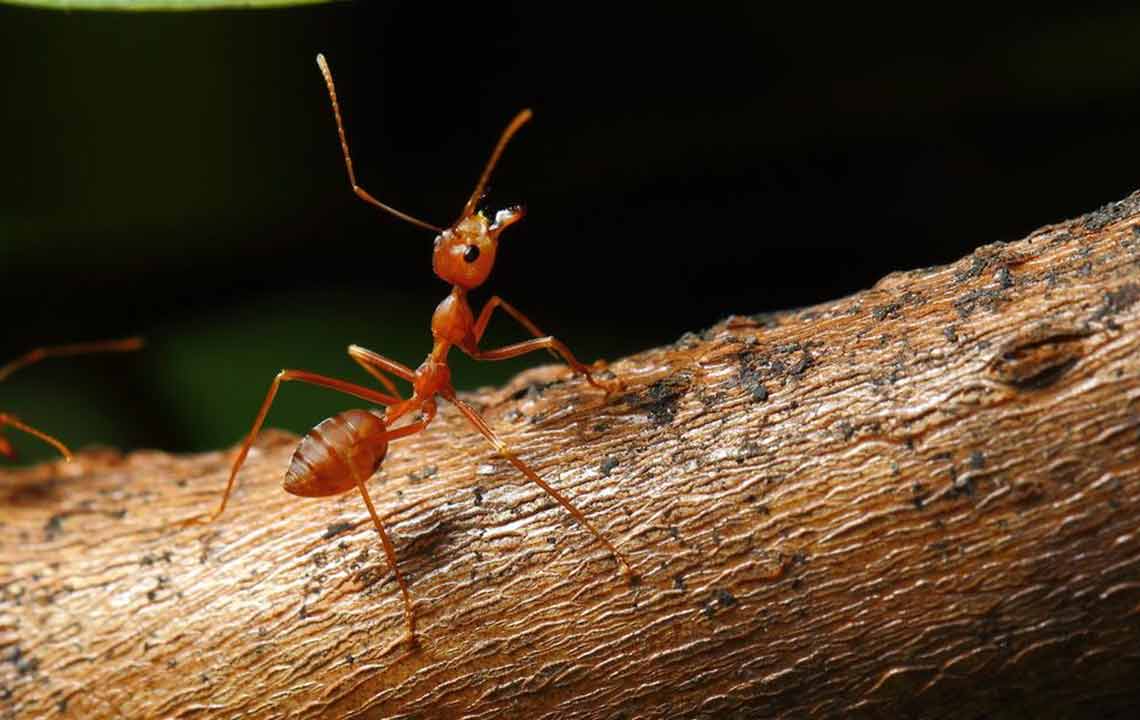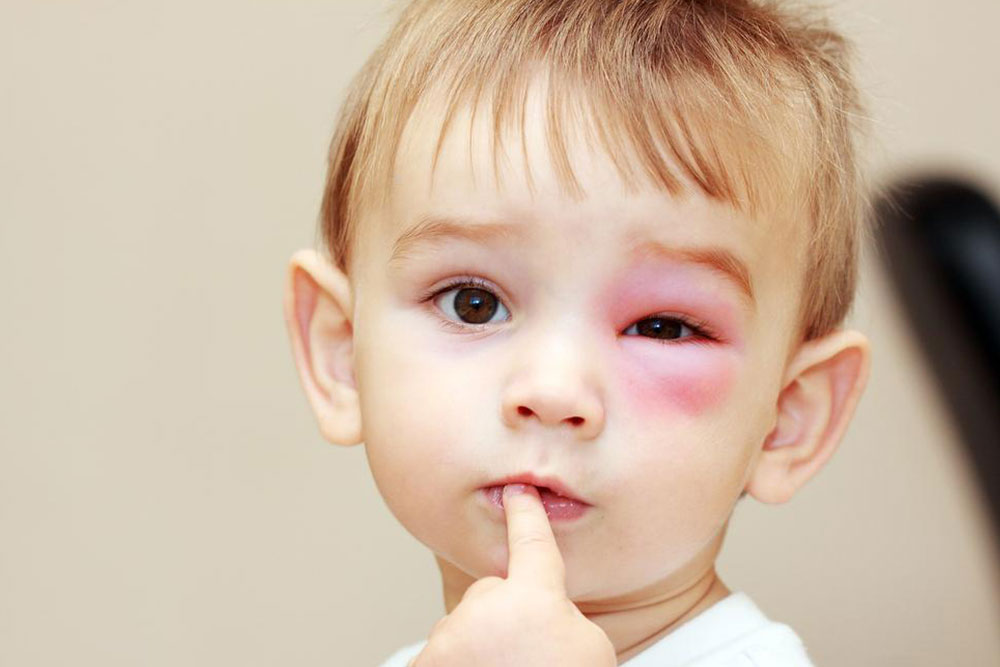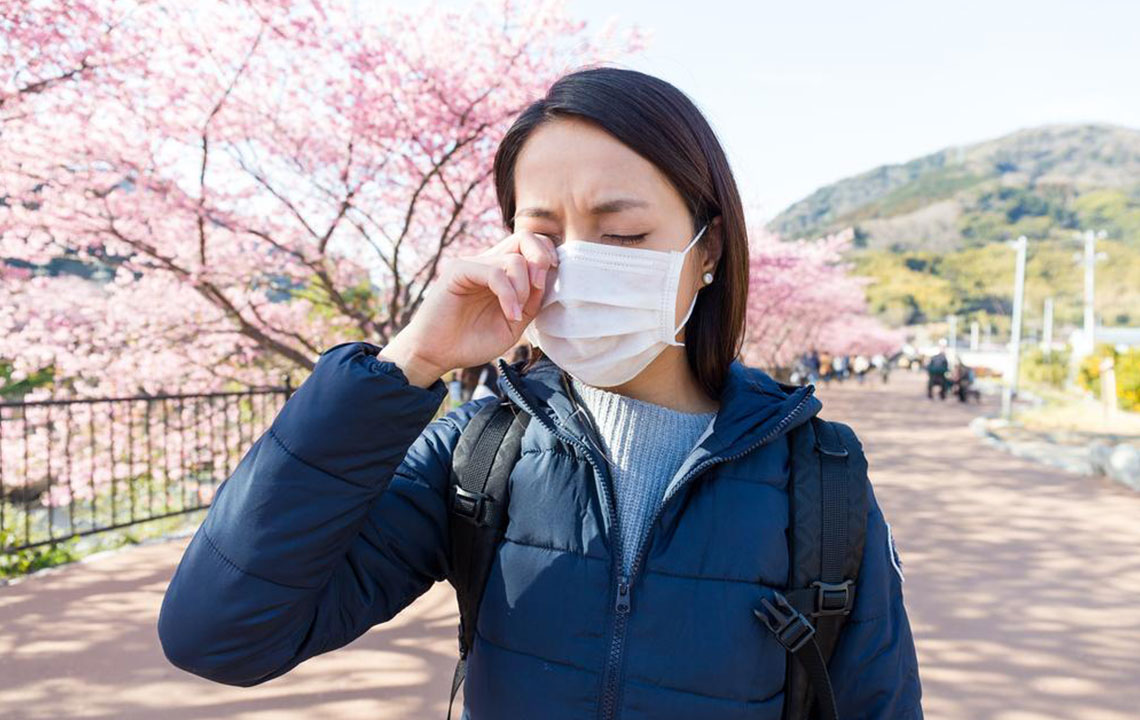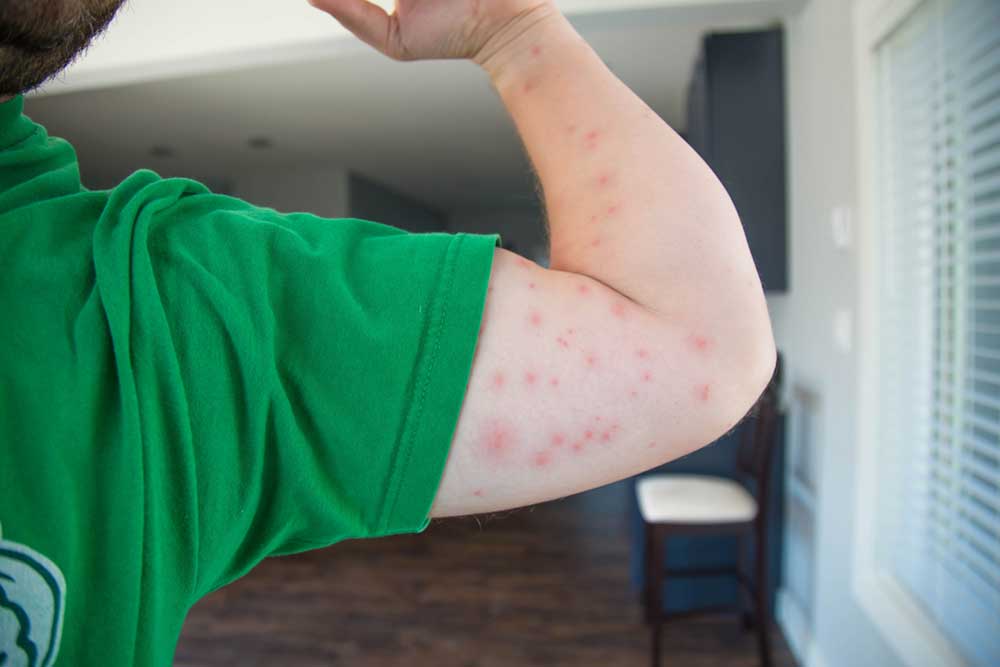Comprehensive Guide to Fire Ant Bite First Aid and Prevention
This comprehensive guide covers essential first aid tips, recognition, and prevention strategies for fire ant bites. Learn how to identify fire ant species, treat allergic reactions, and prevent stings effectively, ensuring safety in fire ant-infested areas. The article emphasizes immediate medical attention for severe reactions, along with practical home remedies and safety precautions to minimize risks associated with fire ant bites.

Fire ants are notorious pests known for their aggressive behavior and painful bites. These insects build organized underground nests in the form of conspicuous mounds and will fiercely defend their territory when disturbed. Their stings are not only incredibly painful but can also cause allergic reactions ranging from skin irritation to life-threatening anaphylaxis. Understanding how to identify fire ant bites, administer effective first aid, and take preventive measures is essential for anyone living or working in areas where these insects are prevalent.
Several species of fire ants pose health risks, especially in regions like the United States where they are widespread. The two most common species are Solenopsis Invicta and Solenopsis Richteri, each with distinct characteristics and behaviors.
**Understanding Fire Ant Species**
Solenopsis Invicta: Also known as the Red imported fire ant, this species originates from South America. It is reddish-brown, small in size, and has become widespread across approximately 13 U.S. states. These ants inject venom through their bites and stings to subdue prey, but their aggressive nature makes them particularly dangerous to humans and pets. Notably, they can even overwhelm larger animals, such as turtles, with their multiple stings.
Solenopsis Richteri: Referred to as the Black imported fire ant, this species is primarily found along the Gulf Coast and southeastern regions of the U.S. It is native to South America and less widespread than Solenopsis Invicta. Although less aggressive than the red variety, they still pose significant health risks and should be treated with caution.
**Behavior and Biting Habits**
Both species tend to fiercely defend their nests by biting intruders, often attacking in groups. They tend to target the feet and legs—especially during outdoor activities, gardening, or lawn work. Unlike many other ant species, fire ants sting multiple times, injecting venom with each bite, leading to intense discomfort. Children, gardeners, and pets are particularly vulnerable to these bites when they venture into infested areas.
**Recognizing Fire Ant Bites and Allergic Reactions**
Fire ant stings typically cause immediate pain, followed by symptoms such as redness, swelling, blisters, and itching. For some individuals, the bites can trigger allergic reactions, which may develop rapidly and sometimes become severe. Common allergic responses include intense swelling, hives, difficulty breathing, dizziness, and in extreme cases, anaphylactic shock. Recognizing these signs promptly and seeking emergency medical care can be lifesaving.
**Effective Home Remedies for Fire Ant Stings**
In case of a fire ant bite, quick action is crucial to reduce discomfort and prevent infection. First, remove yourself from the area to avoid further bites. Then, follow these steps:
Apply a cold compress or ice pack wrapped in a cloth to the affected area for 15-20 minutes. This helps reduce swelling and numb the pain.
Use over-the-counter hydrocortisone cream to lessen itching and inflammation.
Take oral antihistamines, like diphenhydramine or loratadine, to control allergic reactions and itching.
Clean the area thoroughly with soap and water, then apply an antibiotic ointment to prevent infection.
Elevate the affected limb to minimize swelling, especially for bites on the legs or feet.
Refrain from scratching or popping blisters, as this can lead to secondary infections.
Consider taking an oatmeal bath if itching persists, as oatmeal has soothing properties.
Monitoring your symptoms is important. If you notice pus, increased redness, or signs of infection, seek medical attention promptly.
**Medical Treatments and When to Seek Help**
In cases of severe allergic reactions or persistent symptoms, immediate medical intervention is necessary. Emergency treatments include the administration of epinephrine through an EpiPen, which can alleviate symptoms of anaphylaxis. If you have a known allergy to fire ant venom, carrying an EpiPen at all times is strongly recommended.
In more moderate cases, medical professionals may prescribe antihistamines, corticosteroid injections, or antibiotics to treat secondary infections. Hospitalization may be required if symptoms worsen or complications arise. Always wear protective clothing such as long sleeves, pants, boots, and gloves when working in areas known to harbor fire ants to minimize the risk of bites.
**Preventive Measures and Safety Tips**
The best way to avoid fire ant bites is through prevention:
Avoid disturbing ant mounds and suspect areas, especially during peak activity seasons.
Wear sturdy footwear, long pants, and gloves when gardening or working outdoors.
Maintain your yard by removing or controlling fire ant mounds using approved ant control methods.
Be cautious around outdoor trash cans, woodpiles, or other places where fire ants may establish nests.
If you suspect fire ant activity, consider professional pest control services for effective removal.
**Recognizing Urgent Signs**
While most fire ant bites cause local pain and irritation, some symptoms require urgent medical attention. These include difficulty breathing, swelling of the face or throat, dizziness or confusion, spreading redness, or inability to speak or swallow. These signs are indicative of a severe allergic reaction and necessitate immediate emergency care.
In conclusion, understanding fire ant behavior, recognizing bites, and knowing effective first aid and prevention methods are crucial for safety. Prompt action can significantly reduce the risk of complications and ensure quick recovery from fire ant stings. Always stay alert when in fire ant-prone areas and seek professional help if needed to maintain safety and health.





